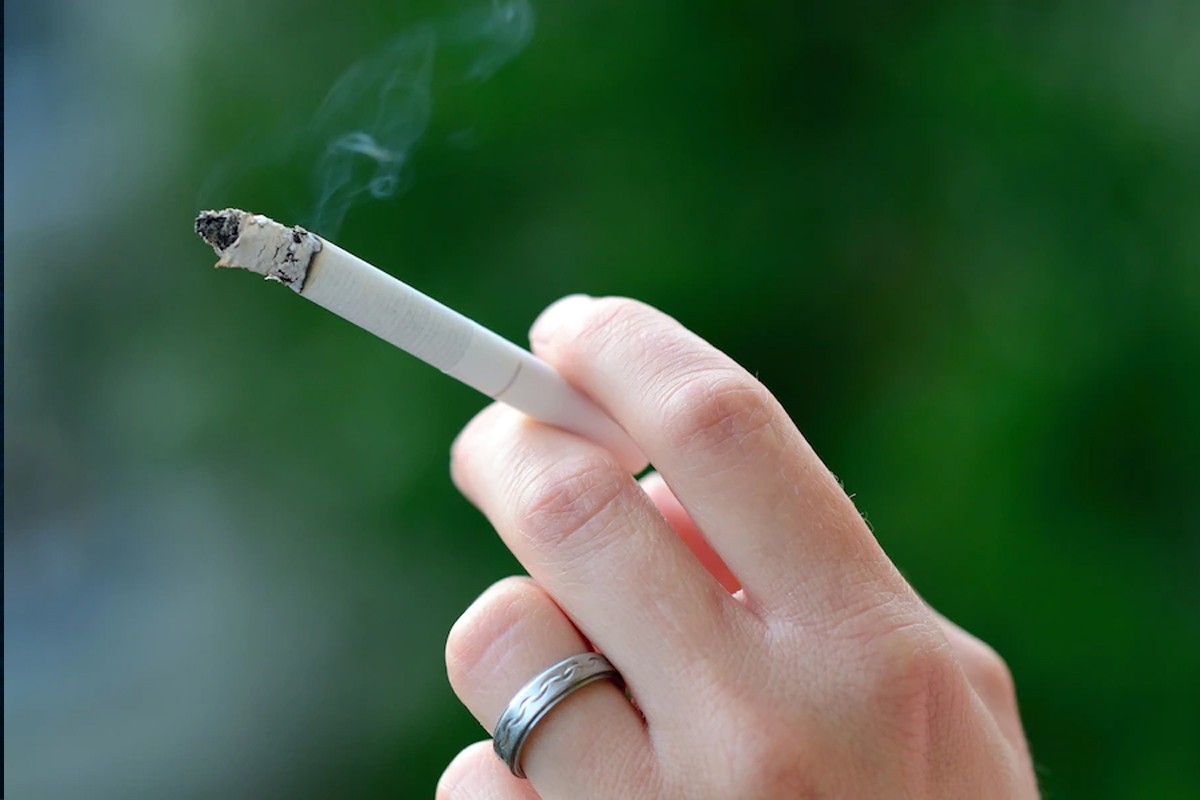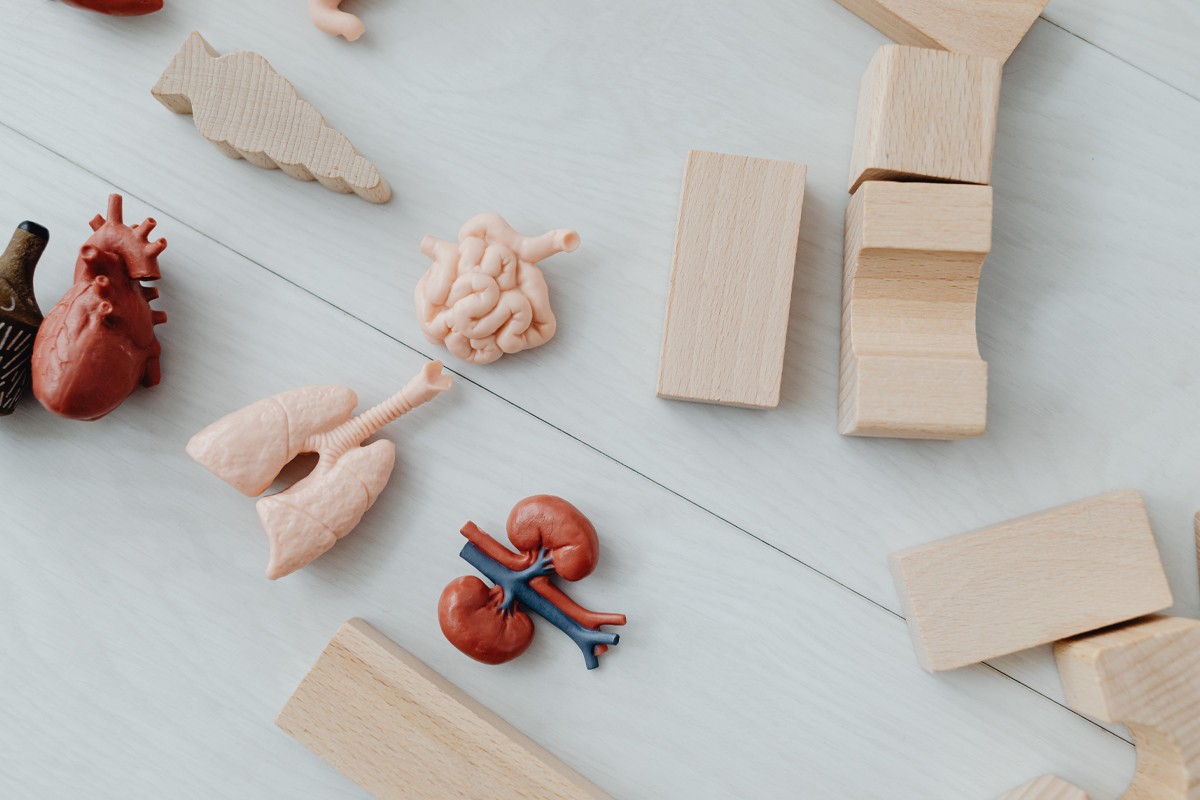Here’s something you might be reading for the first time — lung cancer is the top1 leading cancer among men and third among women in the country according to the Department of Health (DOH).
This harrowing fact is caused by the “delayed effect of increasing smoking among Filipinos,” which could mean it is affecting not just smokers, but secondary smokers, and a third group of people who have been exposed to sufficient pollution of air in the Metro.
If you believe you are at risk for lung cancer or just want to get checked generally, here are some considerations:
Am I at risk for lung cancer?
Simply put, lung cancer is the result of having malignant tumor of the lungs2.
It begins in the lungs and can spread through other lymph nodes and/or organs in the body. It usually is classified into two types: small cells and non-small cell, the latter being more common than the other, and are treated differently.
Sadly, there are no surefire way to detect lung cancer early if you want to avoid the illness, but here are the major factors that causes3 it:
- Smoking: Almost all cases of lung cancer start with smoking.
- Secondhand Smoking: Also known as “involuntary smoking,” usually happens when non-smokers breathing in smoke.
- Pollution: General air pollution, combustion of diesel, and other fuels.


Do I have signs or developing symptoms?
Signs and symptoms of lung cancer might take a while to show up, but if you want to be vigilant and take note of patterns that might relate to you, take Rose H.’s4 story from the Centers for Disease Control and Prevention’s “Tips from Former Smokers.”
Rose H. was diagnosed with lung cancer from her long history of smoking cigarettes since age 13. It was a habit of smoking at least two packs a day — which sadly led to her diagnosis.
For Rose, what tipped off the whole onslaught of lung cancer was feeling pain and weakness that almost caused her to lose a foot. Smoking had her blood vessels filled with plaque and the whole testing for it also revealed the cancer diagnosis.
She braved through nearly two (2) years of intense treatments; chemotherapy, surgery, radiation, and even had a drainage tube in her chest. Rose admits, “I regret picking up smoking in the first place. It’s just addictive.”
While symptoms5 of the disease can be chalked up to common sickness, a collective episode of chest pain, shortness of breath, wheezing, coughing up blood, fatigue, or sudden weight loss with uncertain causes should be enough reasons to get checked.
For non-smokers, it might be challenging to detect any sign of the illness, but if you are frequently exposed to harmful substances and are in the older age range, the best thing to do is to get screenings.
Who should get screened for lung cancer?
According to the CDC6, a yearly lung screening is recommended for the following:
- People with a 20 pack-year* or more smoking history
- People who are currently smoking or have quit within the past 15 years
- People who are between 50 to 80 years old
- A pack-year is a smoking average of one having a pack of cigarettes per day in a span of one year.
What treatments are available?
Like most things, treatment depends on the type of cancer, severity of the case, and the patient’s health status. Lung cancer care and management in the Philippines are either of the four options:
- Surgery7 for removal of tumors when it is safe and possible before the cancer spreads through nearby lymph nodes.
- Targeted drug therapy that devices a medical plan.
- Chemotherapy to combat cancer cells and stop new ones from growing.
- Radiation therapy to use x-rays to kill cancer cells.
How do I stay on top of my lung health?
Decrease your chances of lung cancer
If you are a smoker, it might be time to stop, and if you are not, try to not get into the habit at all. Smoking gets you inhaling thousands of chemicals8 into your lungs, which can age your lungs faster and damage them through time.
Exercise, exercise, exercise
It’s a cliché for a reason — working out works. Keeping your body moving and staying healthy is a way to keep your lungs functioning well and you breathe well! The more you move, the stronger, healthier lungs you maintain.
Mind your hygiene
“Wash your hands well,” such a common tip to impart, but remains so, so important. Curbing infections through basic and proper hygiene is crucial in steering clear of any lung infections.
Be updated with vaccinations
We are not just talking about vaccinations for COVID-19 here —as adults, we also have flu shots, pneumonia shots, and others to stay up to date on.
Try to avoid pollutants
Exposure to harmful pollutants is almost impossible, especially if you commute to work or are always on the go. If you can, try to give your lungs a break by avoiding secondhand smoke, dusting your home furniture, or vacuuming for indoor pollutants, and taking all possible safety precautions when handling or being exposed to pollutants at work, etc.
Get screenings or have consultations as early as you can
While early detection of lung cancer is not easy, it might help to have regular check-ups or screenings when you can. Who knows? A simple doctor’s appointment might nip a potentially serious health issue in the bud, sparing you a life with chronic pain and illness.
EASTWEST HEALTHCARE’s wide and highly-qualified network of committed and empowered caregivers might give you a hand in this area. We are a leading healthcare benefits company dedicated to improving the lives of Filipinos and are servicing more than 130,000 cardholders nationwide for practical solutions and healthy horizons.
REFERENCES:
1, 3 Lung cancer. DOH CAR. (2014, September 16). Retrieved November 24, 2022, from https://caro.doh.gov.ph/lung-cancer/
2 You are being redirected… (n.d.). Retrieved November 24, 2022, from https://www.themedicalcity.com/news/facts-about-lung-cancer
4 Centers for Disease Control and Prevention. (2022, February 28). Rose H.’s story. Centers for Disease Control and Prevention. Retrieved November 24, 2022, from https://www.cdc.gov/tobacco/campaign/tips/stories/rose.html
5 – 6 Centers for Disease Control and Prevention. (2022, October 25). What are the symptoms of lung cancer? Centers for Disease Control and Prevention. Retrieved November 24, 2022, from https://www.cdc.gov/cancer/lung/basic_info/symptoms.htm
7 Lung cancer. Mount Sinai Health System. (n.d.). Retrieved November 24, 2022, from https://www.mountsinai.org/health-library/diseases-conditions/lung-cancer
8 Story, C. M. (2018, August 20). 5 ways to keep your lungs healthy and whole. Healthline. Retrieved November 24, 2022, from https://www.healthline.com/health/understanding-idiopathic-pulmonary-fibrosis/ways-to-keep-your-lungs-healthy-and-whole#1.-Dont-smoke-or-stop-smoking






